Hi folks,
The old house I am working on was built in a time when people wanted to be near the street, so they could say hello to people walking by (back when people still “walked” and “said hello”).
Anyhow, now it is 50-60 feet from a busy two-lane sort-of “Main Street”. Over the decades, my father tried planting Hemlocks and assorted bushes to try to keep the noise down without much effect.
Has anyone found a particularly effective planting or fence or wall or something that damps traffic sound?
Jasper57
Edited 11/3/2008 8:35 am ET by Jasper57



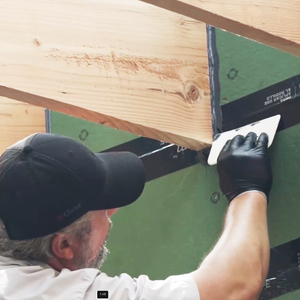
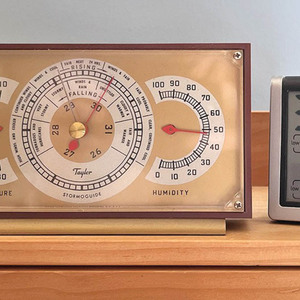
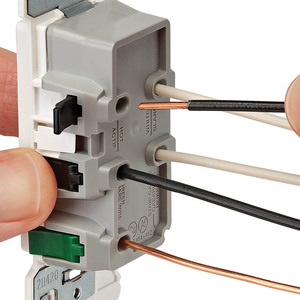




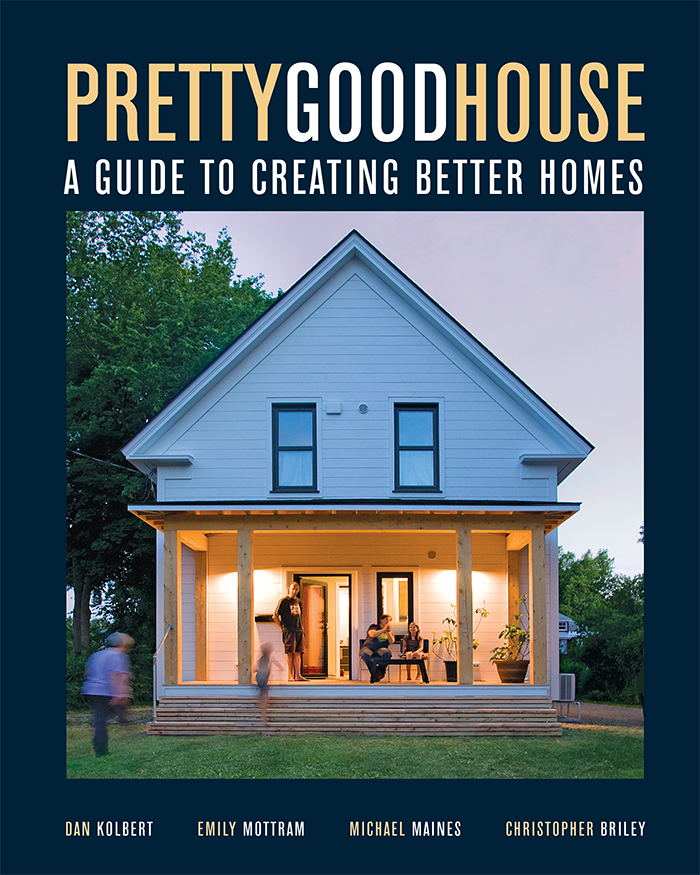

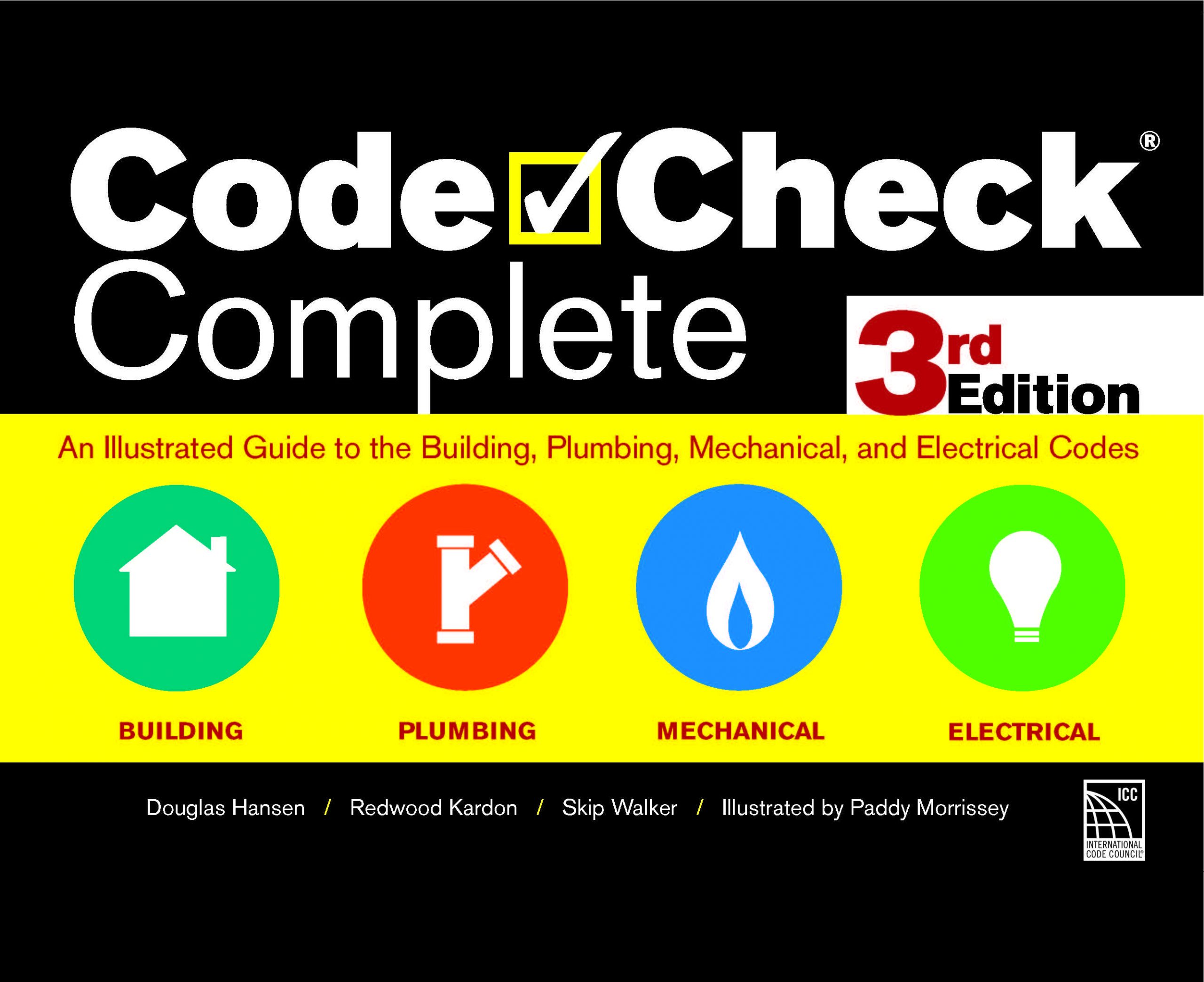




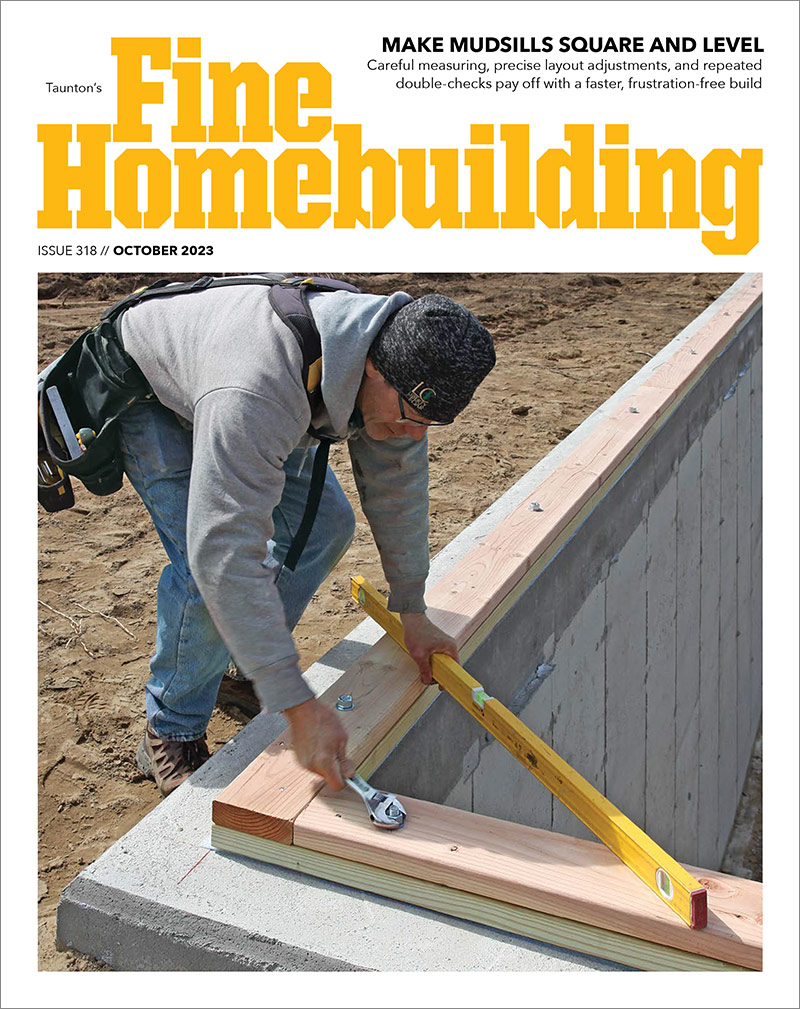

Replies
Tall ceement or brick walls do well, but I'd suspect your city fathers (or mothers) would object.
I've had the best results by working on the doors, windows, and expecially, heavy curtains.
Or ask the city for some speed control.
I would build a masonry wall. Cars and traffic can be really annoying when you sit down and take a long look at them.
I lived in Mexico for a while and the houses in town had a high wall right at the sidewalk. That same wall went clear around the property and inside was a courtyard with a big mango tree.
I'd ask the city how high of a wall you can build. I'd continue it back along the sides as far as you can as well. Tell them your problem and maybe they can help. Sometimes the plan checker can help out.
Inside the walled area you can landscape it and build a water feature. Build a water feature that has splashing water of some kind.
Falling or splashing water creates a white noise that helps covers up traffic noise.
It can also create a more calming atmosphere in the area around it.
Edited 11/3/2008 9:48 am ET by popawheelie
Those are good suggestions, Popawheelie and Pete. The city fathers put in a stoplight many years ago which made a big difference, though the weekends are a heavy metal concert of motorcycles and amped-up Camaros "popping wheelies" away from the light. Really, I wish I was out there with them, but, as you can imagine, I have other things to do.
Jasper57
We live in town now and there is a major road nearby. There are quite a few cars a mororcycles that have had thier exhuast modified.
I'd like to see the authories enforce sound restrictions on motor vehicles.
I think it would impove the quality of life in town.
Generally speaking, MASS creates a sound barrier. Thus, trees and shrubs, while blocking the wind, don't exactly bounce the sound away. Consider all of those concrete / masonry walls going up on the perimeter of the interstates, often despite the preponderance of the trees and vegetation.
http://www.soundproofwindows.com/
These guys might have a solution for you.
Rebuilding my home in Cypress, CA
Also a CRX fanatic!
I don't feel it's healthy to keep your faults bottled up inside me.
Or he could make them himself and save some $.http://www.windowsaver.com/index.html
Do you have insulated glass replacement windows? Double pane glass is advertised to provide an 80% reduction in sound transmission, triple pane even more. In my experience that's not a big exaggeration.
I'm currently sitting next to a large double pane window which looks out on a major boulevard, about 120' away. When the old single pane sash was in that opening the sound transmission was mildly annoying most of the time, obnoxious whenever a loud vehicle passed by.
With the insulated glass, I can sit here without being distracted, except by emegency vehicles with their sirens going.
Back in the Nixon Administration, my father enclosed the front porch with a sort of sunroom array of single-pane windows. This did a good job of cutting the noise within the house, but the front porch room is still pretty loud.
The challenge actually has more to do with cutting the noise around the outside of the house. Our current residence is near the dull roar of an eight-lane highway, so I'm not hard to please when it comes to ambient racket, but the noise around this other house is such that an outside deck wouldn't be much of a pleasure and my wife and I are all about the cooking on the grill and the gardening.
I would seriously consider a fieldstone slip-formed wall (city fathers permitting) though I have a lot of other projects preceding that.
I know a high wall would change things, but would a masonry wall say 3-1/2 feet high make enough difference to be worthwhile? I know that's a pretty subjective judgement, but I wonder whether anyone has been in a yard with such a wall and whether the difference was noticeable?
Jasper57
You've gotten good suggestions already, but I'll toss this in: Remember that the masonry wall doesn't have to be on the property line (You could make the place look good by landscaping on the outside of the wall). If there is room on your lot, you might be able to build a berm and then a wall on top of it.You probably know this, but sound tends to go up (in general, valleys are quiet and hilltops are noisy). The top of the wall will need to be at least as high, when viewed from your windows, as the source of the noise for it to do much good. I owned land on a busy US highway once. Gave me some time to contemplate those loud vehicles.And now I buy the quietest vehicles I can! I figure no one else needs the noise, either.
I was considering just waiting until everyone drives an electric car. That has the advantage of being the cheapest AND the lightest option, but I don't think those Harley guys are going to switch anytime soon.
;-)
Jasper
Edited 11/3/2008 5:46 pm ET by Jasper57
I'm the same way with noise. People who are inside most of the time don't really notice the noise outside but as soon as you go outside in the yard, walking, or biking it becomes very apparent.
Most vehicles are noisy, stinky, dangerous, and just plain rude.
But most people don't see it that way.
They are to busy driving like maniacs!
I know a high wall would change things, but would a masonry wall say 3-1/2 feet high make enough difference to be worthwhile?
My educated guess is that such a low wall would only help if it intecepted and reflected the flow of sound from the tires-on-pavement to the windows in the house.
BTW, I've been living in Los Angeles, about 3/10s of a mile from the Ventura Freeway. The side of the ten lane freeway which faces this development has a noise abatement 8" cement block wall to a height of about twelve feet. It cuts traffic noise by about two thirds.
Edited 11/3/2008 10:46 pm by Hudson Valley Carpenter
An earthen berm about 4 foot high will block quite a bit of noise.
Double pane windows made a dramatic difference on my house.
Mike
Small wheel turn by the fire and rod, big wheel turn by the grace of god.
Yes to double panes, and storm windows help a lot too if you dont have them.
Well, it's a vacant lot on one side and a cemetary on the other, so at least the neighbors are quiet.
The house has storms and the noise inside is tolerable. But, as I said earlier, I'd like to be able to hang outside on the weekends without feeling like I'm in the Pits at the Indy 500.
Jasper57
Reconsidering, since this is Main St., you gotta make it purdy.
Stone. The best local variety available, done with the best technique. Veneer it, drystack it, something, but it hasta be stone. Local stone that reflects something about your area's character.
Where are you, anyway?
I'm currently in Virginia, but this house is in rural Maryland. We will be moving there in the new year.
Jasper57
Walls can be built without mortar as well, and can really enhance the curb appeal. Although this is in my backyard, it would work equally well in the front.
That really is nice, MGMAN.
At this point, I am thinking of "dual pane" walls. A low one near the road, and a higher one, similar to yours in that it would surround a smaller patio area and lead down to the garden area. Hopefully, the first one will catch some of the noise and the second one will absorb most of the rest. It would also screen off our view of the traffic.
Jasper57
There was a similar discussion about road noise on an episode of TOH. Turns out most road noise comes from tires. So any dense wall of height equal to or greater than the diameter of the tires can reduce the noise quite a bit. I would think the governing authorities would let you have a 3 to 3 1/2 ft wall.